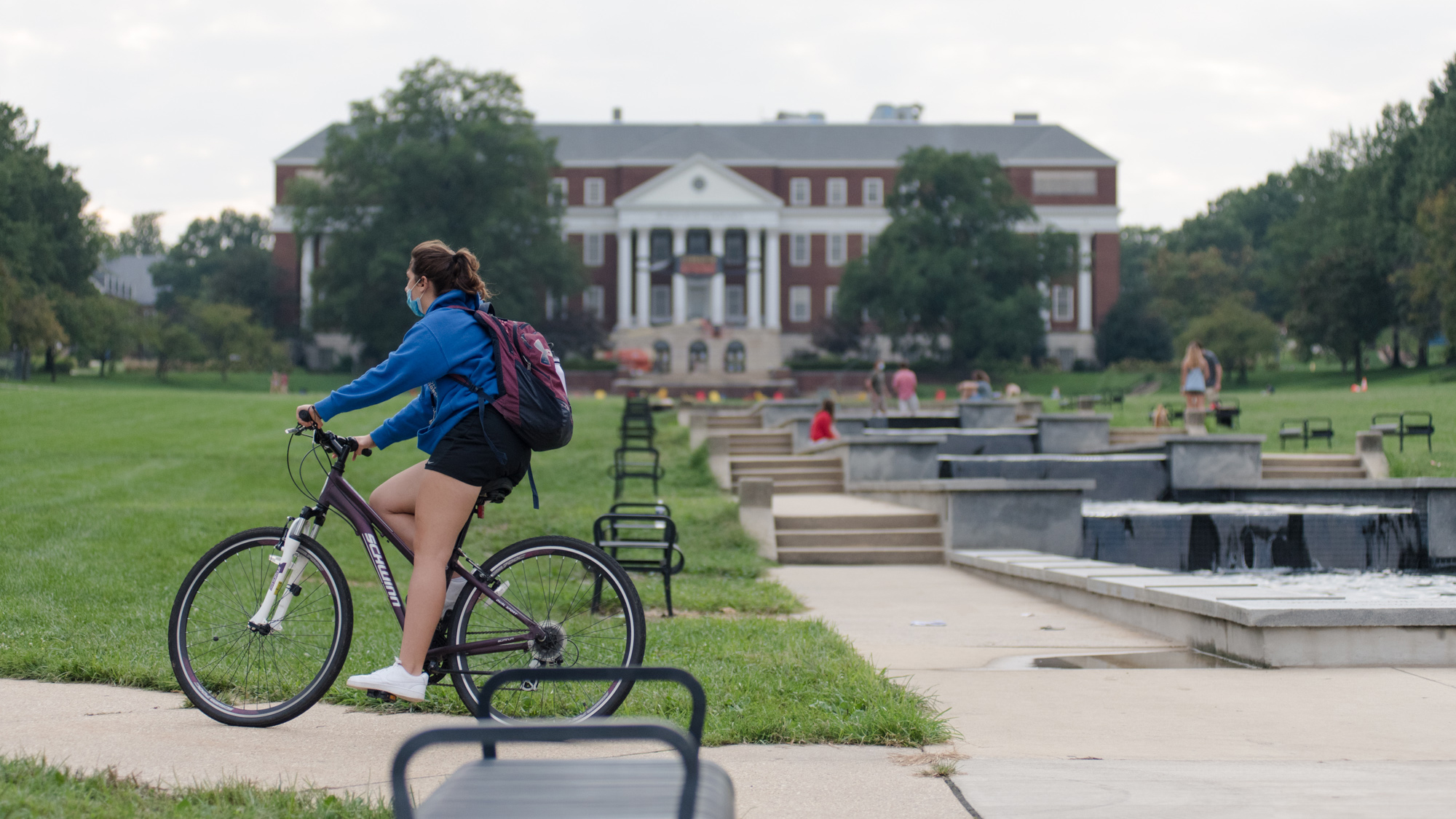Views expressed in opinion columns are the author’s own.
I don’t think I’m alone when I say college just doesn’t feel the same this semester. An integral part of college life is making social connections with fellow students, but the pandemic has created an environment where our collective well-being literally depends on staying away from other people. Without a stable social life to balance out the stresses of academics, it’s understandable that many students feel isolated and lonely this semester.
Fortunately, one aspect of college life is still intact: student organizations. Student organizations have always been a way to meet people, discover new passions and take a break from the stress of schoolwork. And with all the adaptations of a socially distanced semester, these groups have taken on the ever-important role of maintaining a sense of community. Student organizations can ultimately help combat pandemic-related loneliness by connecting students with one another and creating solidarity with those who may feel the same isolation.
Summer quarantine was mentally draining and — let’s be honest — fall quarantine still is. Many people have turned to new hobbies in order to cope, from art to hiking to beekeeping. The variety of clubs at the University of Maryland allows students to continue exploring newfound passions and express themselves creatively — all while providing a bit of social relief from the isolation of virtual learning.
For instance, most club sports teams have adjusted their routines to comply with new safety protocols, which include practicing in small groups and following socially distant drills. While these accommodations make for a slightly different sports experience, they demonstrate the resilience of the student body during a semester of uncertainty.
And on top of the spread of the coronavirus, the accumulation of recent incidents of police brutality against Black people, an economic recession, accelerating climate change and an unstable political landscape has left many students feeling helpless and alone in the face of injustice. In a time defined by ideological tension, student organizations offer a platform for any and every student voice. They are a way to let students know they’re not alone.
Cultural clubs, for example, may allow students to discuss their feelings with people of the same racial, gender or sexual identity. Whether a student is directly affected by injustice or simply appalled by what they’ve witnessed, cultural clubs have the power to foster solidarity among those who share anxiety about the state of the country.
In the same way cultural organizations open a dialogue for different perspectives on injustice and identity, advocacy and service clubs address these issues through direct action. Since the pandemic has exposed systemic inequalities in our country, the missions of many service clubs have become even more relevant. In my own experience, seeing the worsening of food insecurity and health care disparities in these past months has only deepened my commitment to the groups I belong to, such as Terps for Change, a service-learning organization that connects students with volunteer opportunities at local nonprofits.
This university is far from perfect, but the strength of the student body is one of my favorite things about it. While all the normal aspects of life have been disrupted, student organizations maintain a sense of community greater than any one individual. The ability of students at this university to connect to one another — whether it’s through a screen or six feet apart — is a lesson in inclusivity and resilience.
Allison Cochrane is a senior biology major. She can be reached at allisonc@umd.edu.



